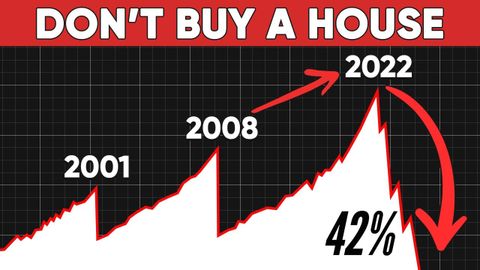警告!私たちの世代で最大の市場暴落がここにある (WARNING! The Biggest Market Crash Of Our Generation Is Here)
Summer が 2023 年 01 月 17 日 に投稿  この条件に一致する単語はありません
この条件に一致する単語はありません- v.t.(人を騙すために)ふりをする : 装う;仮定する : 推測する;(責任 : 任務などを)負う : 引き受ける
US /ɪˈnɔrməs/
・
UK /iˈnɔ:məs/
US /ˈmʌltəpəl/
・
UK /ˈmʌltɪpl/
- adj.複数の;多様な;多発性の;多重の
- n. (c.)倍数;多数;倍率
- pron.多数
US /ˌsɪtʃuˈeʃən/
・
UK /ˌsɪtʃuˈeɪʃn/
エネルギーを使用
すべての単語を解除
発音・解説・フィルター機能を解除
